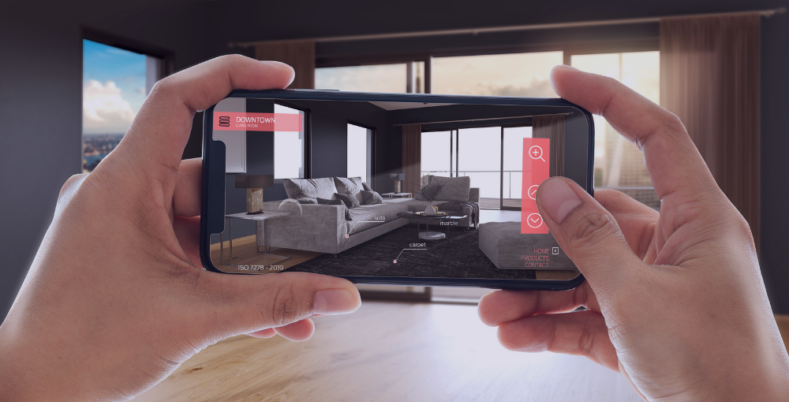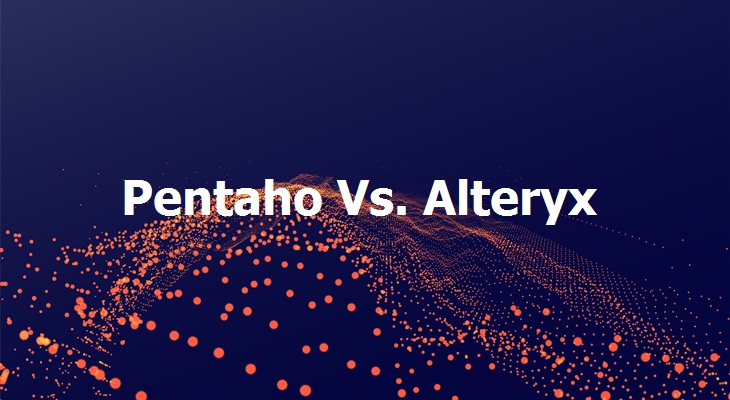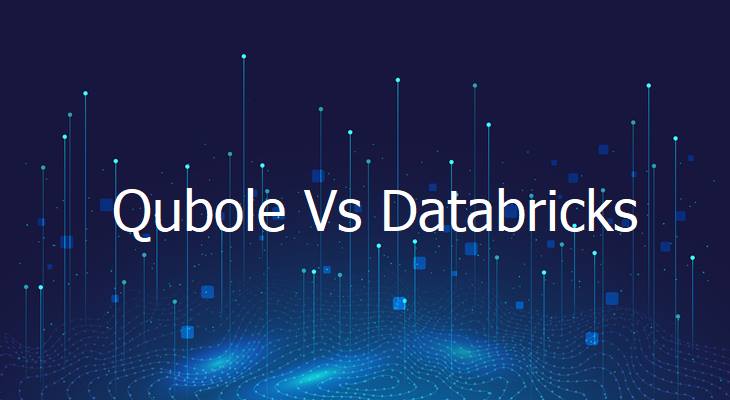Remember when augmented reality meant downloading clunky apps just to see a few 3D models? Those days are fading quickly. WebAR, the augmented reality that runs directly in your browser, is quietly making far-reaching changes in how we interact with digital content, making immersive experiences as accessible as visiting a website.
The numbers tell the story: the AR and VR market is expected to reach a stunning $46.6 billion in 2025, expanding to $62.0 billion by 2029 with a steady 7.42% annual growth rate. These figures show a shift in how businesses and consumers alike are embracing AR solutions. They require nothing more than the device already in your pocket and a web browser to transport you into new dimensions of digital interaction.
What is WebAR?
Web-based Augmented Reality delivers immersive AR experiences directly through web browsers without requiring dedicated applications. Using technologies like WebGL, WebXR API, and JavaScript frameworks such as Three.js or A-Frame, it renders 3D content and overlays it onto camera feeds in real-time.
This browser-native approach leverages the device's camera, gyroscope, and accelerometer to track position and orientation while mapping digital elements onto physical surroundings. Unlike traditional AR implementations that demand app downloads and storage space, its experiences are accessed through URLs, making them instantly available across platforms.
The technology relies on HTML5 capabilities and progressive enhancement principles, with some experiences utilizing SLAM (Simultaneous Localization and Mapping) algorithms for environmental understanding. This democratizes AR by dramatically lowering the barrier to entry—anyone with a reasonably modern smartphone and internet connection can immediately jump into an immersive experience without friction.
Popular use-cases for WebAR
Try-Before-You-Buy Retail Experiences - Furniture retailers crush it with Web Augmented Reality by letting shoppers place virtual couches and tables in their actual living rooms. Nothing beats watching a customer's face light up when they can visualize that perfect accent chair without leaving their couch.
Interactive Product Packaging - Scan a wine bottle label and watch it transform into a virtual vineyard tour—complete with tasting notes and food pairings. These packaging experiences create those "wow" moments that customers can't help but share on social media.
Location-Based Tourism Guides - Having your phone display historical reconstructions of gladiatorial fights as you stroll around Rome's Colosseum? What a way to bring history to life! Travelers experience a sense of time travel thanks to these tourist applications.
Educational Visualization Tools - A science teacher can use Web Augmented Reality to float a 3D solar system above their classroom table. School kids can practically climb over each other to interact with the planets. It is so much more engaging than static textbook illustrations.
Types of Activation for WebAR
QR Code Activation - Those pixelated squares are everywhere these days, but they're absolute gold for Web Augmented Reality. One can scan on a movie poster and watch the main character leap off the wall and start performing stunts right in front of them.
NFC Tag Integration - It always feels magical to tap a phone on a museum exhibit and watch it grow into an interactive 3D timeline. NFC activation is low-key but effective. You may immerse yourself with a single tap, eliminating the need to focus the camera.
Image Recognition Triggers - You know that moment when you point your phone at a magazine ad, and suddenly it springs to life? One will get a kick out of watching a kid’s jaw drop when his/her cereal box characters start dancing across the breakfast table.
Geolocation-Based Experiences - Walking down the street when one’s phone buzzes to tell them there's a Web Augmented Reality experience nearby feels like discovering hidden treasure. For instance, A virtual art installation that only existed when standing in a specific park location.
How Can WebAR Elevate Your AR Experiences
The instant accessibility of Web Augmented Reality completely rewrites the user acquisition playbook. Forget the traditional funnel where you lose 80% of potential users during app downloads. Web Augmented Reality slashes that friction to nearly zero. Conversion rates increase in campaigns where customers simply tap a link instead of being redirected to an app store.
For developers who are sick of keeping separate codebases for iOS and Android, its cross-platform interoperability is a blessing. From the newest iPhone to mid-range Android smartphones, you can build once and deploy anywhere with frameworks like 8th Wall or Zappar. The promise of "write once, run anywhere" has now been fulfilled with the unified WebXR API standard.
The analytics capabilities of contemporary platforms offer unprecedented insights into user behavior. You may track spatial heat maps, which show the exact regions of users' attentional focus in three dimensions, in addition to common metrics like session time and completion rates. Experience optimization is made feasible by these spatial analytics, something that traditional digital content just cannot do.
Cloud-anchored persistent experiences represent its most exciting frontier. Using techniques like visual positioning systems (VPS) and server-side spatial mapping, multiple users can now interact with the same virtual objects anchored precisely in physical space. This persistence transforms WebAR from novelty interactions into lasting digital infrastructure.
Conclusion
Imagine taking a walk through a city street where each surface offers embedded digital layers. These are product videos, info on history, and works of art, and they are all activated without any other specialized equipment. This is no marketing fantasy but the actual next chapter to how we're going to process information, browse, learn, and entertain.
Web Augmented Reality isn't just another technology trend. It's fundamentally reshaping our relationship with digital content. To know more about augmented reality, keep reading our blogs at KnowledgeNile.
You May Also Like:
Gen AI vs NMT: Is Generative AI a Real Challenge for the Translation Industry?





